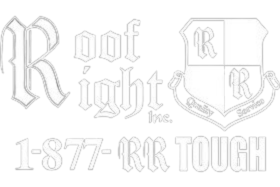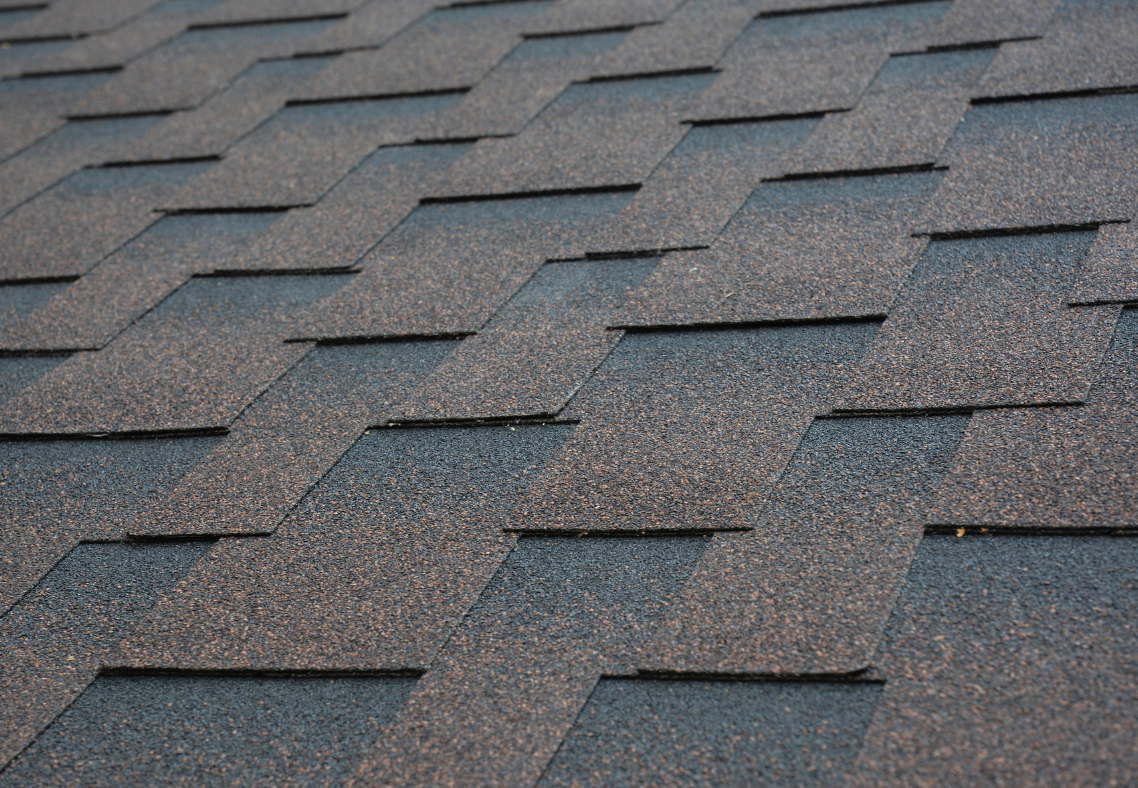How Hurricane Resistant Roofing Shingles Work?
Roof Right: Exterior Home Remodeling Specialists in Maryland Contact UsSchedule A Free EstimateMaryland may not be the first state that comes to mind when you think of hurricanes, but residents here know all too well that severe weather is not a stranger. From powerful thunderstorms and coastal nor’easters to the remnants of hurricanes that sweep up the East Coast, storms can cause serious damage to homes—especially to the roof. Your roof is your home’s first line of defense against the elements. If it fails, water intrusion, structural damage, and costly repairs are likely to follow. That’s why more and more Maryland homeowners are turning to hurricane resistant roofing shingles as a proactive measure to protect their property. These specially engineered shingles are built to withstand high winds, flying debris, and extreme weather conditions. But how do they actually work? And are they worth the investment in areas like Hampstead, Westminster, and Towson? Let’s explore how hurricane resistant shingles function, what makes them different from standard shingles, and why they’re a smart choice for homes across Maryland.
How Hurricane Resistant Roofing Shingles Work: Our Guide To Preparing Your Home For Severe Weather
Understanding Hurricane Resistant Roofing Shingles
Hurricane resistant roofing shingles—also referred to as impact-resistant or high-wind shingles—are not your average roofing material. These shingles are designed and tested to resist the types of damage that occur during severe weather events, particularly strong winds and airborne debris. They are typically manufactured using a combination of asphalt, fiberglass, rubber-like polymers, and other reinforcing materials. The main purpose of these shingles is to provide enhanced durability. They are built to perform under pressure and resist the kind of stress that would cause standard shingles to tear, curl, lift, or break. This added strength provides homeowners with a more secure and longer-lasting roofing solution, especially in regions where powerful storms and high wind gusts are a concern. In Maryland, while we don’t experience direct hits from hurricanes every year, we do get our share of intense storms that bring winds upwards of 70 to 100 miles per hour. The remnants of hurricanes like Isabel (2003), Irene (2011), and Sandy (2012) caused significant damage across the state. Choosing hurricane resistant shingles is a smart move to mitigate that risk.
What Makes Hurricane Resistant Shingles So Strong?
1. Material Composition
The core of hurricane resistant shingles typically includes a high-strength fiberglass mat. This gives the shingles added flexibility and resistance to tearing. The fiberglass base is saturated with asphalt and then coated with granules that protect against UV radiation and weathering. Some high-performance shingles are enhanced with SBS (styrene-butadiene-styrene), a rubber-like polymer that gives them an elastic quality. This allows the shingles to absorb impacts—such as hailstones or flying tree branches—without cracking or breaking.
2. Improved Adhesion and Locking Technology
These shingles feature stronger adhesives and locking mechanisms than standard three-tab shingles. Most hurricane rated shingles come with self-sealing strips activated by heat from the sun. Once sealed, the shingles create a strong bond that resists wind uplift and water penetration. Many manufacturers also design these shingles with interlocking edges or reinforced nailing zones that ensure they stay anchored even in high winds. When installed properly, they can resist wind speeds of 110 to 150 mph, depending on the product.
3. Thicker and Heavier Construction
Hurricane resistant shingles are often thicker and heavier than traditional shingles. This added weight helps keep them in place during storms and gives them superior durability over time. Despite their weight, they can be installed on most Maryland homes without any structural modifications.
How Do Hurricane Resistant Shingles Perform in Wind?
One of the biggest threats during a hurricane or severe storm is wind uplift. Wind traveling over a roof can create pressure differences that lift shingles and tear them away from the decking. Once shingles are compromised, rainwater can enter the home, damaging insulation, drywall, flooring, and electrical systems. To combat this, hurricane resistant shingles are tested against strict industry standards. Look for shingles that meet or exceed ASTM D3161 or ASTM D7158 ratings. These tests simulate wind speeds and pressure conditions to evaluate a shingle’s ability to resist uplift. When combined with proper installation practices—such as six-nail fastening and sealed starter strips—these shingles can remain intact even in the harshest wind conditions.
Impact Resistance: Not Just for Wind
In addition to wind resistance, these shingles also offer superior protection from impacts. During storms, branches, tree limbs, and even pieces of outdoor furniture can become airborne projectiles. A typical asphalt shingle may crack or split under impact, leaving the roof vulnerable to leaks. Hurricane resistant shingles often carry a Class 4 impact rating, the highest rating awarded by Underwriters Laboratories (UL). This rating means they can withstand the impact of a 2-inch steel ball dropped from 20 feet without cracking. While impact resistance is not a substitute for regular roof inspections and maintenance, it adds a vital layer of protection that many Maryland homes can benefit from—especially in wooded areas like Reisterstown, Bel Air, or Eldersburg.
Other Components That Make a Roof Hurricane Ready
While shingles are important, they’re just one part of a larger roofing system. For optimal hurricane protection, the entire roof must be considered. Here are additional components that play a role:
- Roof Decking: The base layer that shingles attach to must be properly fastened with ring-shank nails to prevent uplift.
- Underlayment: A waterproof membrane that provides backup protection in case shingles are breached.
- Starter Shingles: Installed at the eaves and rakes to provide an additional seal and prevent wind from getting underneath the first row of shingles.
- Drip Edge Flashing: Helps direct water away from fascia boards and prevents water intrusion at roof edges.
- Ridge Vents and Caps: These need to be securely installed and rated for high winds to ensure ventilation without vulnerability.
Together, these components form a sealed, reinforced barrier that can stand up to Maryland’s toughest storms.
Why Maryland Homeowners Should Consider Upgrading
Although Maryland does not get hit with hurricanes every season, the risk is real. Coastal areas like Annapolis and Ocean City are particularly vulnerable, but even inland areas can experience strong winds and heavy rain. Here are a few compelling reasons for Maryland homeowners to consider hurricane resistant shingles:
- Longer Lifespan: These shingles last longer and perform better over time, reducing the need for repairs or early replacements.
- Insurance Benefits: Many insurance companies offer discounts for homes with Class 4 impact-rated roofs.
- Higher Home Value: Storm-resistant roofs are attractive to potential buyers and can increase your home’s resale value.
- Peace of Mind: Knowing your roof is built to resist wind and impact means less worry when severe weather rolls in.
Contact Roof Right For Roof Shingle Installations In Maryland
If you are a Maryland homeowner looking for a dependable way to protect your home from storms, wind, and flying debris, Roof Right is here to help. Based in Hampstead and serving clients across the state, our team of certified roofing professionals specializes in the installation of hurricane resistant shingles that are built to last. We take pride in offering high-quality roofing products backed by manufacturer warranties and expert workmanship. Our installation process follows industry best practices to ensure your roof performs when you need it most. Whether you’re replacing an aging roof or building a new home, we’ll walk you through your options and help you make the best choice for your property. Schedule a free roofing estimate today with Roof Right. Discover how we can help you weather any storm with a roofing system designed for Maryland’s unique climate. Your home deserves a roof that works as hard as you do to keep your family safe and secure.
Areas We Serve
If you're looking for a roof contractor in Maryland, give Roof Right a call today at (410)-374-5923 to schedule an appointment!
Carroll County
Howard County
Clarksville, Columbia, Elkridge, Ellicott City, Fulton, Jessup, Laurel, Woodstock
Montgomery County
Baltimore County
Baldwin, Bradshaw, Carney, Cockeysville, Glen Arm, Hunt Valley, Jacksonville, Kingsville, Lutherville, Nottingham, Overlea, Owings Mills, Parkton, Parkville, Perry Hall, Phoenix, Pikesville, Reisterstown, Sparks, Timonium, Towson, White Marsh

